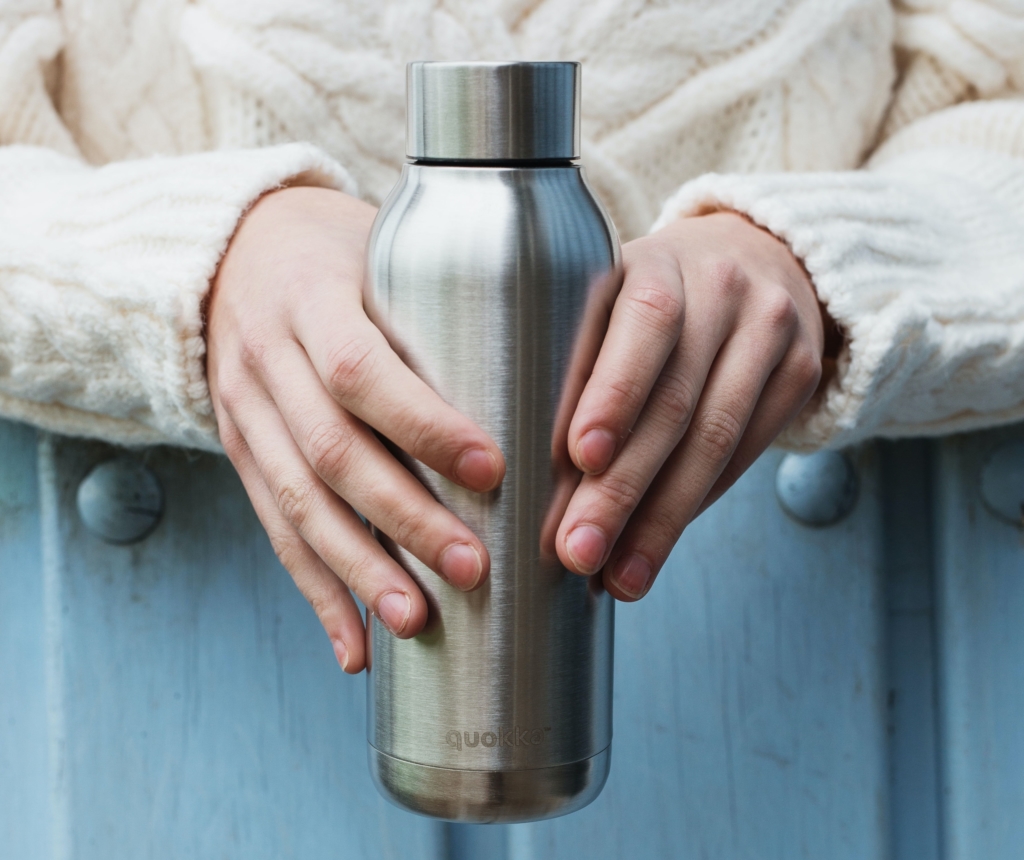The concept of a circular economy has been an increasing topic in the news over the last several years, so you may already be familiar with it. But if you find yourself wondering what exactly a “circular economy” means, then you’ll definitely want to keep reading.
To begin breaking down the concept of a circular economy simply, let’s begin with a question. Have you heard of the 3R’s of sustainability: reduce-reuse-recycle? Well, essentially, a “circular economy” is an economy that’s based on these surrounding practices. There are additional, more specific factors that we will dive into a little later, but overall, a circular economy is an economic model designed to eliminate waste, so everything that’s produced is manufactured according to these practices.
As described by the World Economic Forum (WEF), a circular economy is “an industrial system that is restorative or regenerative by intention and design. It replaces the end-of-life concept with restoration, shifts towards the use of renewable energy, eliminates the use of toxic chemicals, which impair reuse and return to the biosphere, and aims for the elimination of waste through the superior design of materials, products, systems, and business models.”
However, this is just one definition. There are over 100 different definitions of the circular economy being used in scientific literature and professional journals. This is because the concept is applied by a diverse group of researchers and professionals (such as philosophers and financial analysts, for instance, whose professional goals vary significantly from one another). The majority of definitions often focus on the use of raw materials or on system change.
Definitions that focus on resource use often follow the 3-R approach mentioned above:
- Reduce (minimum use of raw materials)
- Reuse (maximum reuse of products and components)
- Recycle (high-quality reuse of raw materials)
Definitions that focus on system exchange also often emphasize 3 elements:
1. Closed Cycles
In a circular economy, material cycles are closed in a similar manner as the cycle of an ecosystem (i.e. there is no such thing as waste because every residual stream can be used to make a new product). In this system, it is critical that materials are recycled properly, and also that products, components, and raw materials remain of high quality in these cycles
2. Renewable Energy
The circular economic system is powered by renewable energy sources. As raw materials and products, energy also lasts as long as possible in a circular economy
3. Systems Thinking
Every player in the economy (company, person, organism) is connected to other players. Together, this forms a network in which the actions of one actor influence other actors. To take this into account, the short and long term consequences must be taken into account in choices, as well as the impact of the entire value chain
Today, most production and consumption follow the linear “take-make-dispose” model; a far less sustainable alternative to the circular “reduce-reuse-recycle” model. With the increasing consequences of global warming each day, it’s clear that our current consumption-based economy can’t deliver the sustainable future we would like for our children. Something needs to change. Yes, economic systems (such as the circular economy) are administered by governments and powered by industry. However, we (as consumers) are the ones who drive them, which means that we hold the key to change.
The even better news is that there are many simple things you can start doing at home to promote a circular economy. Here are a few tips to get you started:
1. Reuse
When you recycle, repair, and/or reuse your existing items, there is less demand for new items. If enough of us do this, it will help transition to an economy that isn’t so focused on mass production of single-use items
2. Recycle items accordingly
Use recycling bins and programs available to you in your area. The more we use them, the more likely the government will expand and enhance their programs
3. Make sustainable choices when it comes to shopping
Of course, minimizing how much you buy is the single best thing you can do, but we understand that it’s not always the answer. When buying something new, avoid purchasing single-use items and invest in products that will have a much longer life cycle. Also, ensure that you opt for products made out of recycled and/or recyclable materials
4. Grow your own food
Most produce is transported, packaged, and sold in plastic. Growing your own fruits and veggies is a great way that you can help remove the waste involved in these processes. If you aren’t able to grow your own food, always be sure to bring a reusable shopping bag and skip the packaging where you can.
Remember to learn more about Spring Power & Gas!


